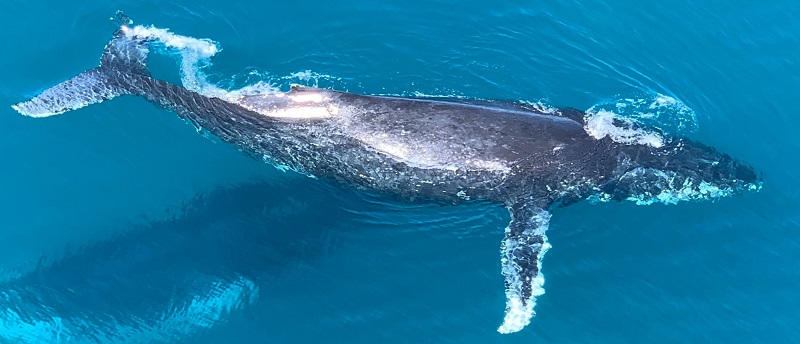
Mar 2, 2022 | Marine Animals, News, Wildlife Monitoring
WWF has just published a report using 30 years of tracking for a meta-analysis of whale migration routes over all the oceans. This map of “migration highways” should help in protecting whales in general, but also the whole oceanic ecosystem, since they are a key...
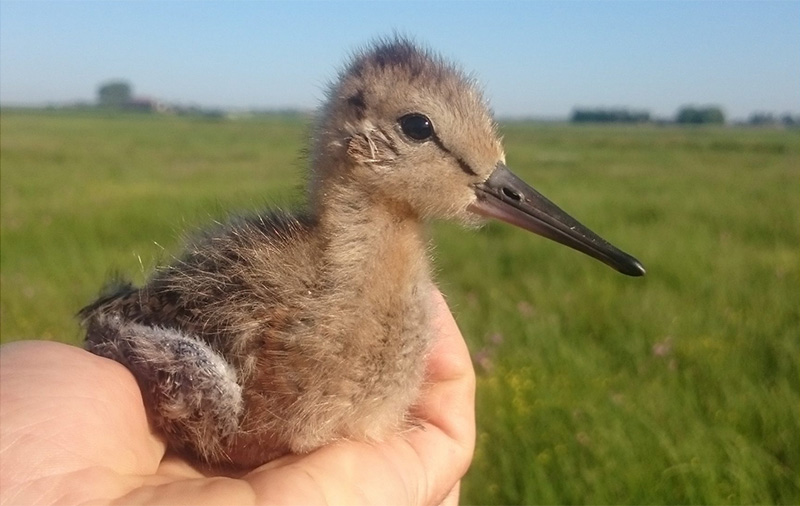
Feb 18, 2022 | Birds, News, Wildlife Monitoring
Tracking a European shorebird called the Black-tailed godwit (Limosa l. limosa) has previously revealed that different populations of godwits have different migratory behaviours (see Black-tailed godwits’ different migration behaviours). Those findings also hinted...
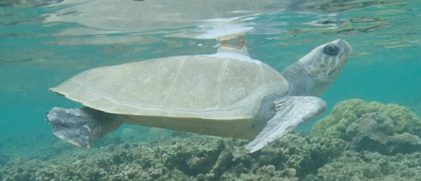
Feb 2, 2022 | Marine Animals, News, Oceanography, Meteorology, Hydrology, Climatology, Wildlife Monitoring
Collecting sea turtle-borne temperature and depth sensor data with Argos satellite telemetry tags helps to sample the first 100 m layer of tropical oceans, where tropical storms and cyclones take their energy. It also enables to understand the behaviour of sea turtles...
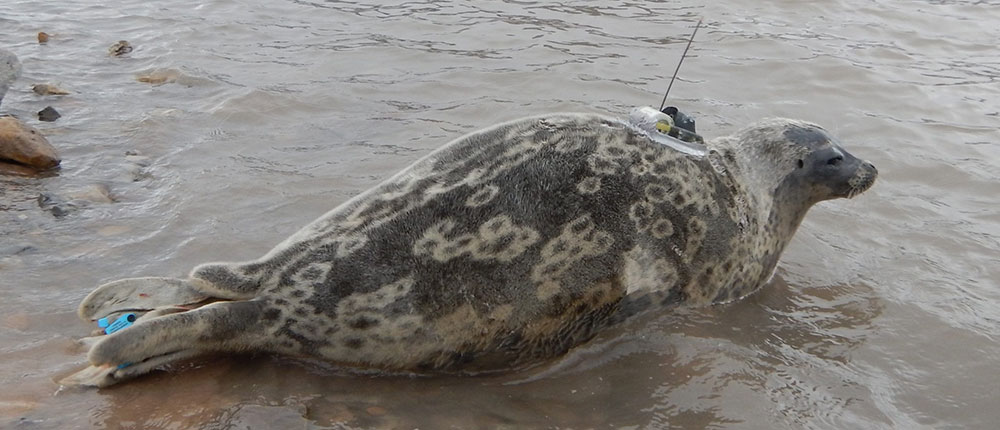
Jan 31, 2022 | Marine Animals, News, Wildlife Monitoring
Ringed seals are dependent on sea ice. Throughout the Arctic, including around the Svalbard Archipelago, sea ice is declining rapidly, thus threatening these seals. Their use of a coastal lagoon was studied over several seasons using Argos satellite telemetry, to...
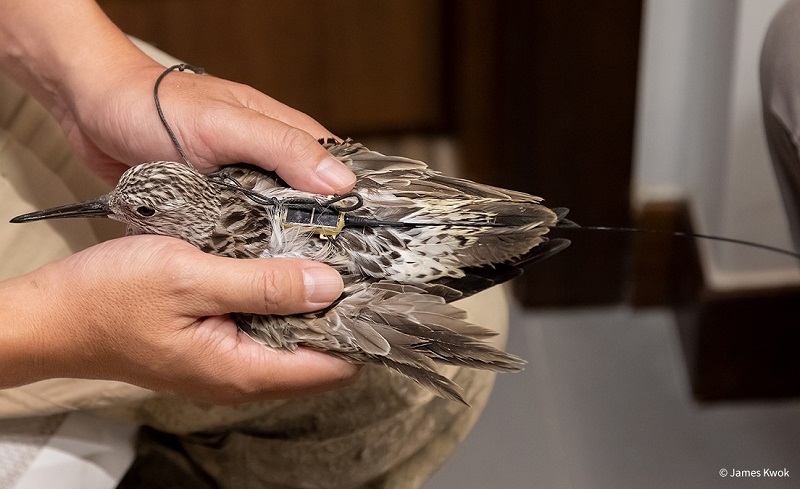
Jan 25, 2022 | Birds, News, Wildlife Monitoring
The Great Knot is an endangered shorebird and a long-distance migrant. Its activity was found to be mainly along the coast and was suspected to have few stopovers; while juveniles were recorded moving approximately 3,000 km within ten days (Tomkovich, 1997). While we...
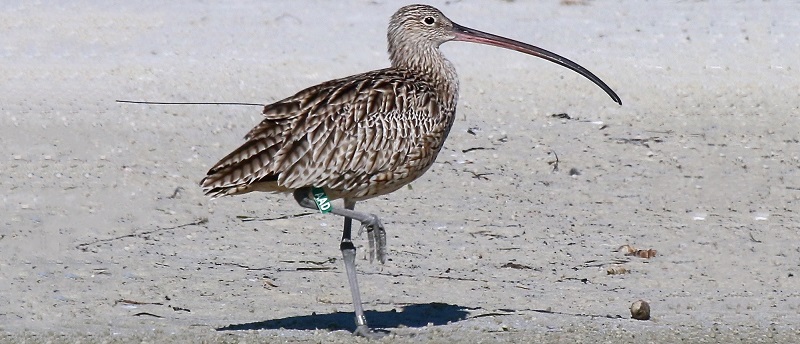
Jan 17, 2022 | Birds, News, Wildlife Monitoring
The far eastern curlew is a large shorebird, migrating between Australia and far-east Asia. Some of its populations are more endangered than others. Understanding why this might be is helped by satellite telemetry, including Argos techniques. The far eastern curlew...






